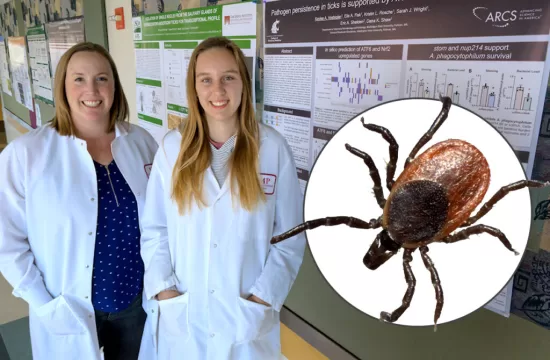A recent study estimates that at least 500,000 children in the U.S. with blood lead levels at or above the acceptable range.
According to published in Scientific Reports, the researchers examined rats that were exposed to lead from birth to the time of weaning at 21 days of age—the equivalent of 2- to 3 years old in humans, which is commonly when lead exposure occurs.
Also, new research shows that majority of gene changes in the brain caused by lead poisoning can be reversed in animal models.
Researchers from Thomas Jefferson University are providing stimulating environments in early childhood.
“Our work demonstrates that by providing an enriched early life environment, the adverse effects of lead on the brain may be minimized or potentially reversed, emphasizing how important early childhood interventions may be,” said senior author Jay Schneider, professor of pathology, anatomy and cell biology at Thomas Jefferson University.

Not only did Schneider and his colleagues demonstrate the ability to reverse lead poisoning in rats, but they also—for the first time—identified 3,500 genes in the hippocampus that are affected by lead exposure. Previous studies have established that the genes involved in learning, memory, and brain development are negatively affected by lead, but research was lacking as to the full extent of the toxicity before now.
Focusing on changes in gene expression in the hippocampal region of the rats, Schneider and their team detected altered levels in over 3,500 genes. Clearly affected by the lead exposure, these genes either abnormally churned out more or less of their gene products.
However, the team discovered most of these gene expression changes could be reversed.
According to the experimental, the researchers separated the lead-exposed animals into two different housing environments—one enriched, and one not. The “enriched cages” contained more social activity with a total of 6 rats, together with chew toys and various elements to climb on and burrow through that were changed twice every week for novelty. Meanwhile, the non-enriched cages were smaller, held only 3 rats, and did not contain any additional stimulation.
After 55 days—roughly equivalent to adolescence in humans—approximately 80% of the gene expression changes induced by lead exposure were reversed in the group of animals that lived in the enriched, stimulating environment.
Rats in the non-enriched environment did not experience any gene expression reversals. Rather, these animals had noted memory deficits that the “enriched” rats did not.







